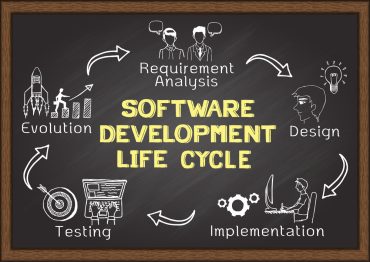
Instant access and 360-degree views of all customer and product data is mandatory to enable customer service representatives to operate more efficiently.
Customer service centers serve as organizational information hubs, resonating with the voices of the customers. They are strategic to an enterprise, as they are often the most recent and most frequent point of contact that the customer has with an organization.
Properly used, customer service centers can satisfy customers and improve retention. They can also drive revenue by cross-selling and upselling. To do this, they must manage the volume of interactions efficiently and control average handle time (AHT). Increasingly, they must achieve this with tighter budgets. Instant access and 360-degree views of all customer and product data is mandatory to enable customer service representatives (CSRs) to operate more efficiently.
With people and information spread across various locations, this task can seem daunting. The right mix of technology can enable customer service centers to overcome these challenges and run at peak performance. Below are four tips for CSRs to manage high volume of interactions:
Improving visibility into customer real-time data
CSRs need visibility into customer data across all contact and interaction points within the enterprise — regardless of location, repository and format. By aggregating all data and providing a single, secure access point to relevant and real-time customer and product information, a unified view of information can be formed to help CSRs respond to customers’ concerns and issues quickly and accurately.
[ Related: IoT in Retail Marketing: Three Ways to Engage Customers ]
Relieved of the burden of navigating multiple applications to find a single piece of relevant information, CSRs can immediately concentrate on the callers’ concerns and quickly resolve their issues — increasing first call resolution and reducing average handle time to minimize the volume of customer interactions. Automatically providing a unified view of customer information effectively enables the customer service center to improve productivity and reduce operating expenses.
Automating access to relevant information
High attrition has always been a major concern for customer service center managers. Rehiring and retraining costs directly impact the bottom line. More importantly, high turnover rates burden CSRs, affect productivity and hamper the customer service center’s ability to provide quality service.
Automating access to relevant information can help customer service centers lower attrition by minimizing the excessive pressure and stress of the customer service center environment, which is cited as a major reason for attrition.
Leveraging automated analytics on top of customer and product information, customer service center managers can quickly spotlight new products for training and push information out to their CSRs. Simplifying the way CSRs access customer and product information and providing ways for CSRs to easily collaborate and share knowledge reduces CSR stress and consequently turnover. When CSRs have the information needed to answer customer questions and resolve issues confidently, they are much better able to interact comfortably and build close and lasting customer relationships.
Accelerating time to proficiency
CSRs never know what inquiry or problem they will face on the other side of an inbound call. As such, they must be well-versed on the products, services and policies of their organization. Successfully training CSRs is vital to the success of the customer service center. The cost of attrition per CSR is high, with new employees taking up to three months to complete initial training in many industries.
[ Related: Making Customer Call Centers Productive and Painless ]
This can be exacerbated as many customer service centers have myriad applications and repositories, such as CRMs, ERPs and external databases, that CSRs must learn to navigate to prepare for and complete a call. The ability to seamlessly connect to these applications and provide a unified view to information greatly reduces training time and cost.
Sharing CSR Knowledge
Collaboration capabilities that promote knowledge sharing and retention — even if employees leave — enable the remaining CSRs to maximize and enrich each customer interaction. Enterprise data is continually growing; as a result, CSRs have even more information to learn and retain. In addition, customer service centers are often scattered across far-reaching locations without sufficient support for their distributed organization. A scalable, distributed platform for information access solves this problem and allows data to grow without compromising access or speed for CSRs. They can then concentrate on listening to customer concerns and ensuring complete satisfaction, enhancing the entire customer experience.
[ Related: Your guide to top analytics events ]
Companies that employ the right mix of technology in their customer service centers empower their CSRs to go beyond solving customer issues to being customer champions — listening and responding fittingly to their needs.
By actively listening, CSRs can turn complaints into revenue. By having relevant information consistently and securely available, organizations can react quickly to customer demands, innovate business processes, profile new target markets and formulate ideas for new product features.
Consolidating silos and promoting the quick and easy transfer of information and insight captured in the customer service center across the entire enterprise allows executives to make informed decisions that positively impact the direction of the company.





























